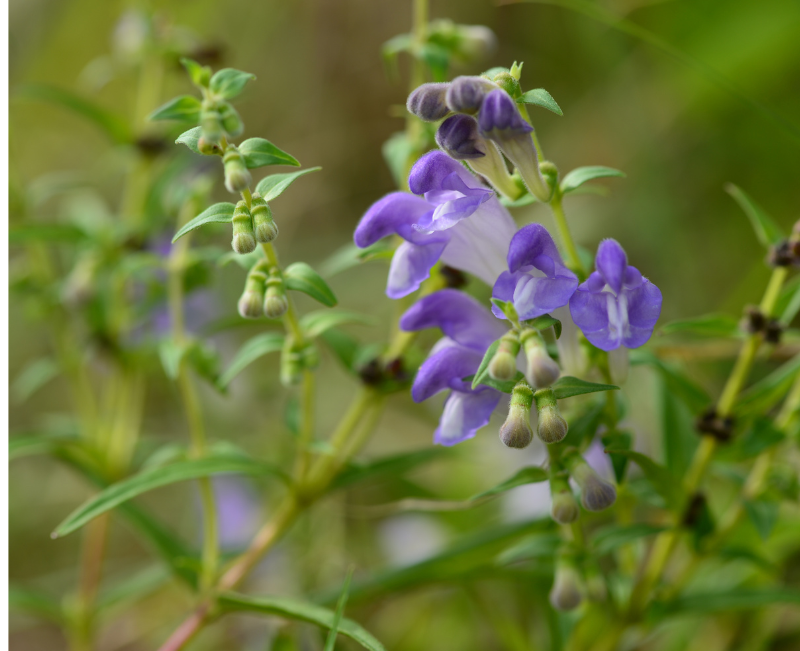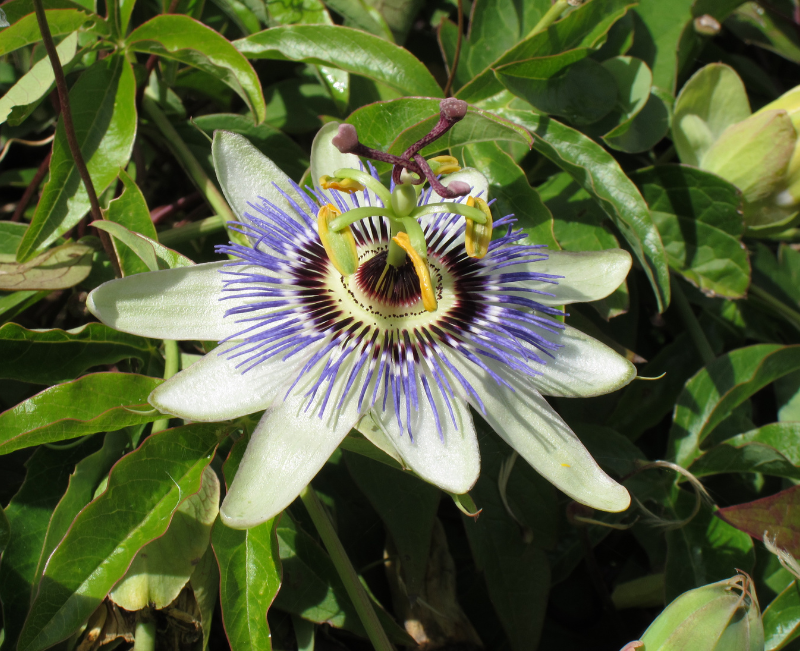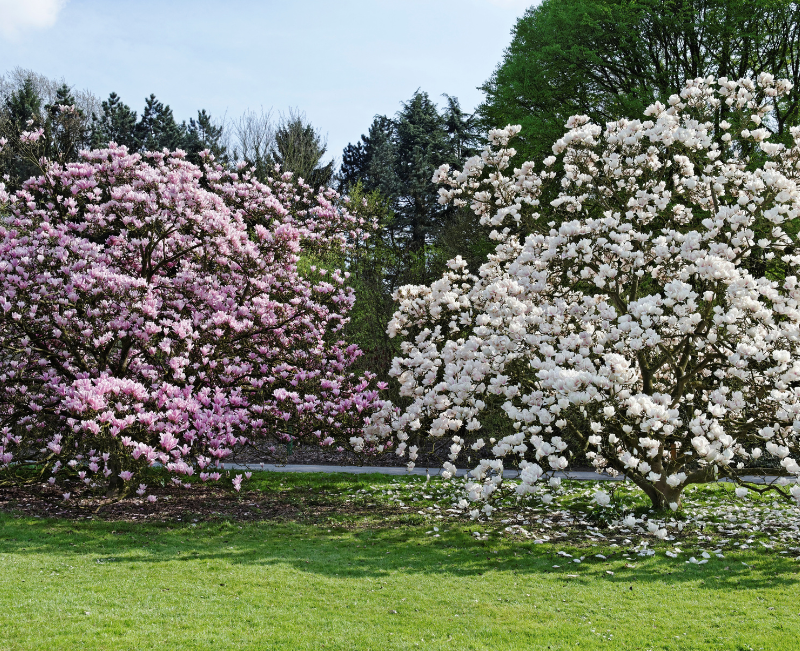
How to Get Rid of Stretch Marks: 15 Home Remedies
Join our herbal expert’s here at herbsmedicine.net to find out 15 of the best ways to reduce the appearance of stretch marks at home and keep your skin nourished and hydrated.
15 Home Remedies to Get Rid of Stretch Marks
1. Aloe vera Gel
Aloe vera gel is well known for soothing and treating many skin conditions, including stretch marks.
The active ingredients in aloe vera such as gibberellins, glucomannans, and polysaccharides can help repair skin tissue.

Simply apply the gel to the affected area and massage it in. Alternatively, you can snip leaves open on your Aloe Vera plant and apply them directly to your skin.
The best way to do this is to refrigerate the leaves for about an hour before applying them, as this will help numb the skin and reduce any redness or irritation.
Applying aloe vera to your stretch marks can help them heal and fade away quickly. It’s also a natural remedy with very few side effects, making it safe for most people to use.
2. Apple Cider Vinegar
Apple cider vinegar is another popular home remedy for stretch marks. It contains acetic acid, which may help improve the appearance of stretch marks by making them less visible.

Apple cider vinegar also helps to balance the pH levels of your skin, which can prevent further damage.
To use it, mix one part apple cider vinegar with two parts water. Apply the mixture to your stretch marks using a cotton ball. Leave it on for 10 to 15 minutes, then rinse it off with warm water.
You can do this once or twice a day, depending on how sensitive your skin is.
3. Cocoa Butter
Cocoa butter is another popular remedy for stretch marks, particularly during pregnancy.
The fatty acids in cocoa butter help to nourish and hydrate the skin, which can help reduce the appearance of stretch marks.

4. Egg Whites
Egg whites are another inexpensive and easily accessible remedy for stretch marks.
The protein and amino acids in egg whites help to repair and regenerate skin tissue.

5. Coconut Oil
Coconut oil is a natural moisturizer that can also help reduce the appearance of stretch marks. It contains vitamins E and A, which are both excellent for healing skin.
Coconut oil is rich in antioxidants, which help to repair and protect skin from further damage.

Apply coconut oil to the affected area twice a day.
Simply massage the oil into the affected area in a circular motion. Leave it on for at least 20 minutes before rinsing it off with warm water.
6. Castor Oil
Castor oil is another natural remedy that can help with stretch marks. Apply it to the skin and massage it in, then cover the area with a warm towel. Leave it on for at least 30 minutes before rinsing off.

7. Baking Soda
Another option is to make a mixture of one part baking soda and two parts water. Apply it to the skin and massage it in, then rinse it off with warm water.
Baking soda contains anti-inflammatory properties that can

It also contains properties that can help to exfoliate the skin and remove dead skin cells.
8. Lemon Juice
You can also try using lemon juice on your stretch marks. Apply it to the skin and let it sit for about 15 minutes before rinsing it off.
Lemon juice contains citric acid, which can help to fade the

9. Cocoa Butter and Vitamin E Oil
Another home remedy is to mix equal parts of cocoa butter and vitamin E oil. Apply it to the skin and massage it in, then cover the area with a warm towel. Leave it on for at least 30 minutes before rinsing off.
10. Aloe vera Gel and Vitamin E Oil
Mix 1/2 cup of aloe vera gel and 1/2 cup of vitamin E oil. Apply it to the skin and massage it in.
Leave it on for at least 30 minutes before rinsing off. Vitamin oil is used to help reduce the appearance of scars and stretch marks.
Aloe vera has also been shown to be effective in reducing the appearance of scars.
Vitamin E oil contains antioxidants that can help to repair damaged skin cells. Aloe vera is a natural moisturizer that can help to keep the skin hydrated.
11. Olive Oil, Aloe vera Gel and Vitamin E Oil
You can also try a mixture of 1 tablespoon each of olive oil, aloe vera gel, and vitamin E oil.
Apply it to the skin and massage it in. Leave it on for at least 30 minutes before rinsing off.
12. Olive Oil and Sugar
To help reduces the appearance of stretch marks, apply a mixture of 1 tablespoon of olive oil and 2 tablespoons of sugar to the skin.
Massage it in and leave it on for a few minutes before rinsing it off.
Leave it on for at least 30 minutes before rinsing off. Olive oil is full of nutrients that can help to nourish and repair the skin.
13. Sugar Scrub
A sugar scrub on the skin is also effective in reducing the appearance of stretch marks. Sugar is a natural exfoliant, so it will help to remove dead skin cells and promote new cell growth.
Mix equal parts of sugar and olive oil, then massage it into the skin in circular motions.
Rinse it off after a few minutes. Olive oil has moisturizing properties that can help to keep the skin soft and hydrated.
14. Coffee Grounds
You can also try using a coffee scrub. Coffee grounds can help to exfoliate the skin and improve circulation.
Mix 1/2 cup of coffee grounds and 1 tablespoon of olive oil. Massage it into the skin in circular motions, then rinse it off.
Coffee also has antioxidant properties that can help to protect the skin from damage.
15. Vitamin C Serum
Finally, you can try using vitamin C serum on the skin. Apply it to the skin and let it sit for at least 15 minutes before rinsing.
Vitamin C contains antioxidants that can help to promote collagen production and reduce the appearance of stretch marks.
And to end on…
I hope you found the recipes here useful to help reduce stretch marks and hopefully you may try some!
Many of them use ingredients you will find already in your food cupboards and all are relatively cheap and easy to get hold of.
There are of course many herbal products you can buy too, so don’t forget to head over before you go and check out our review of Revamin stretch mark cream here.

















